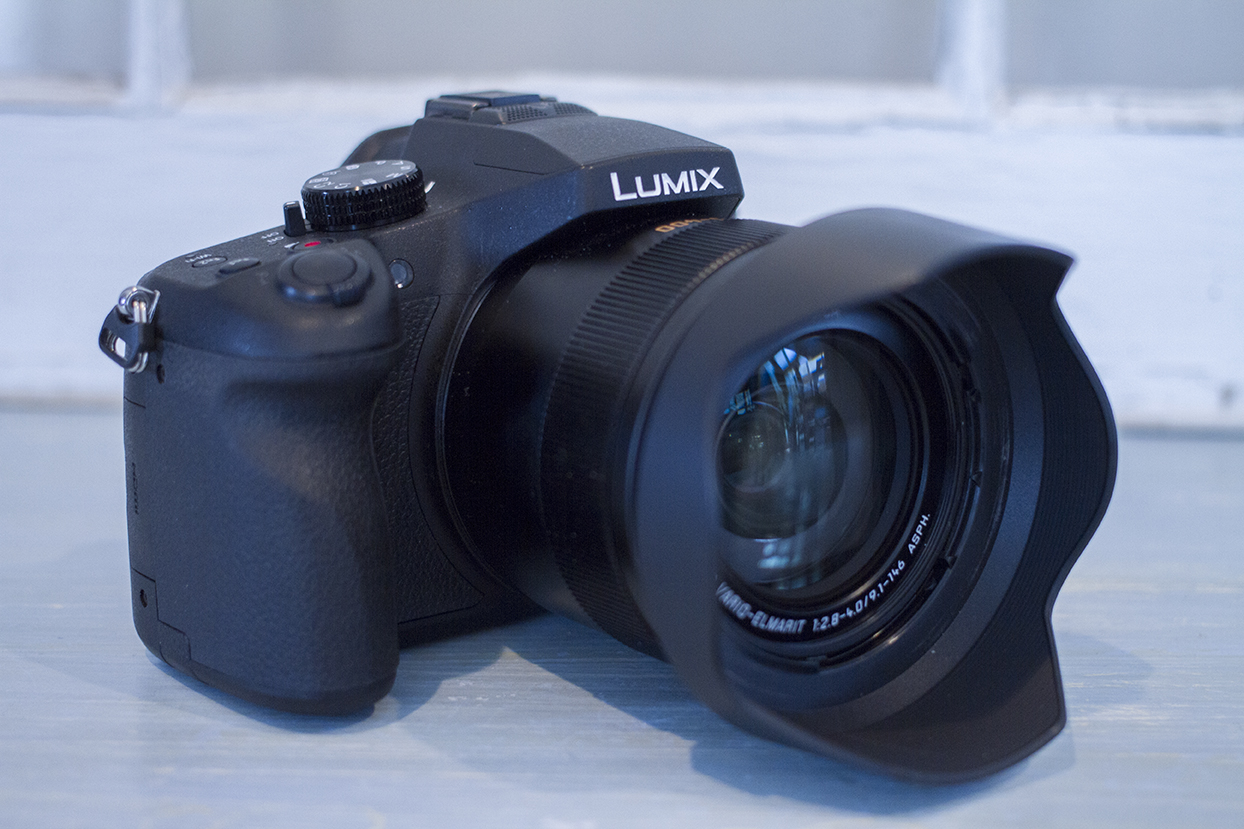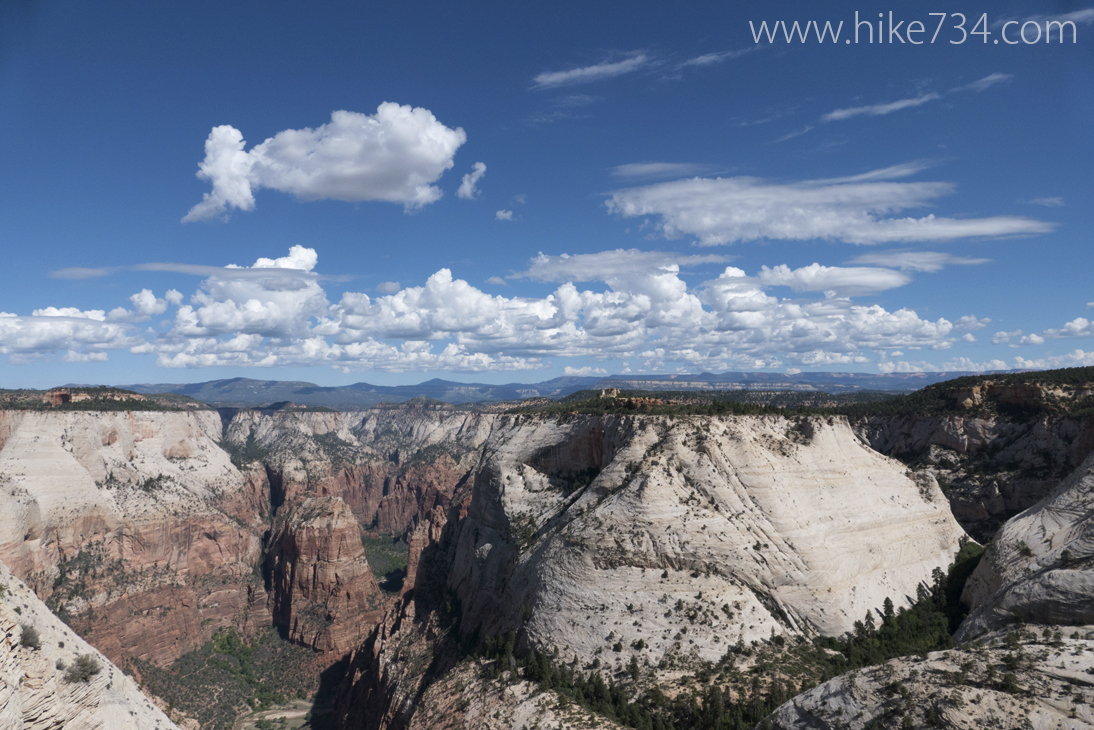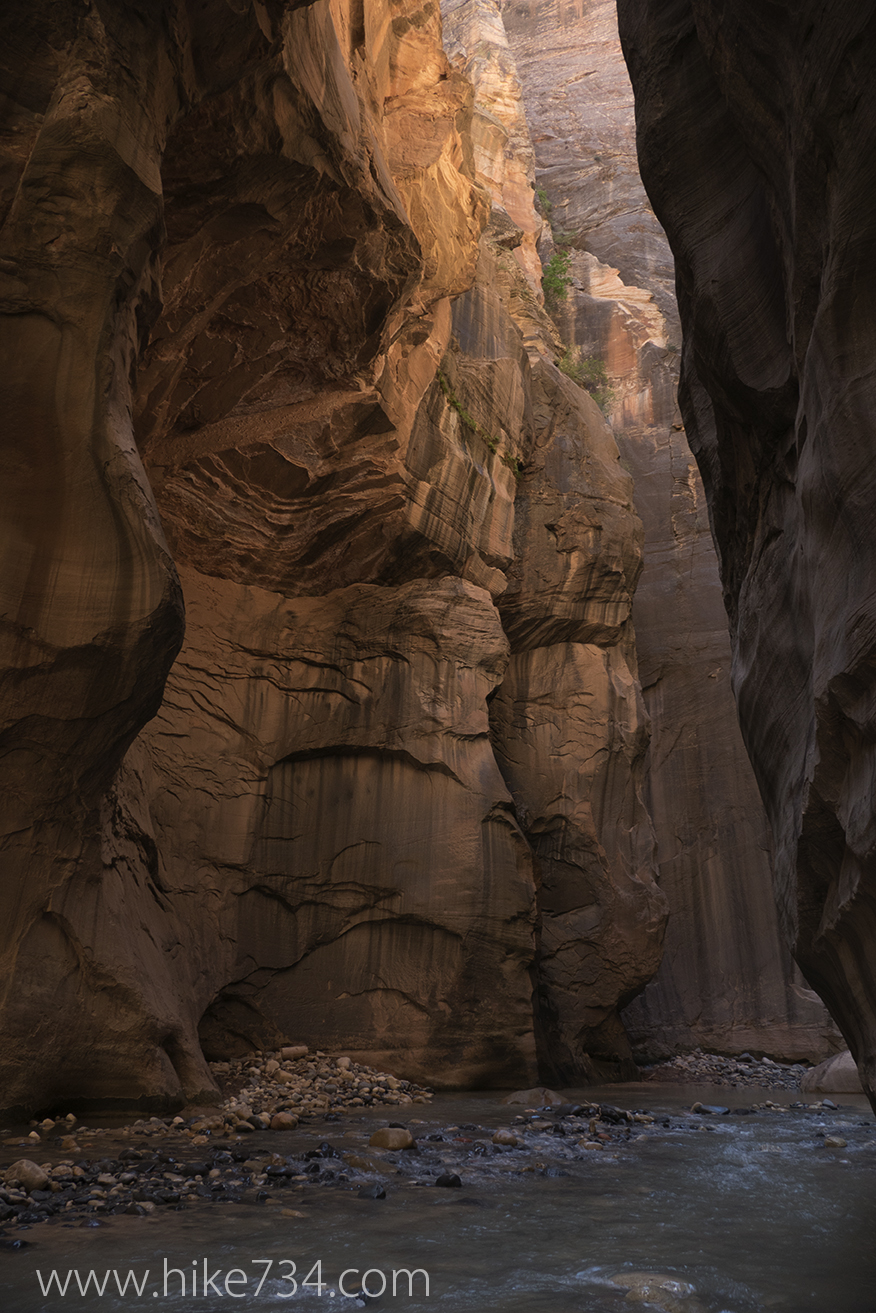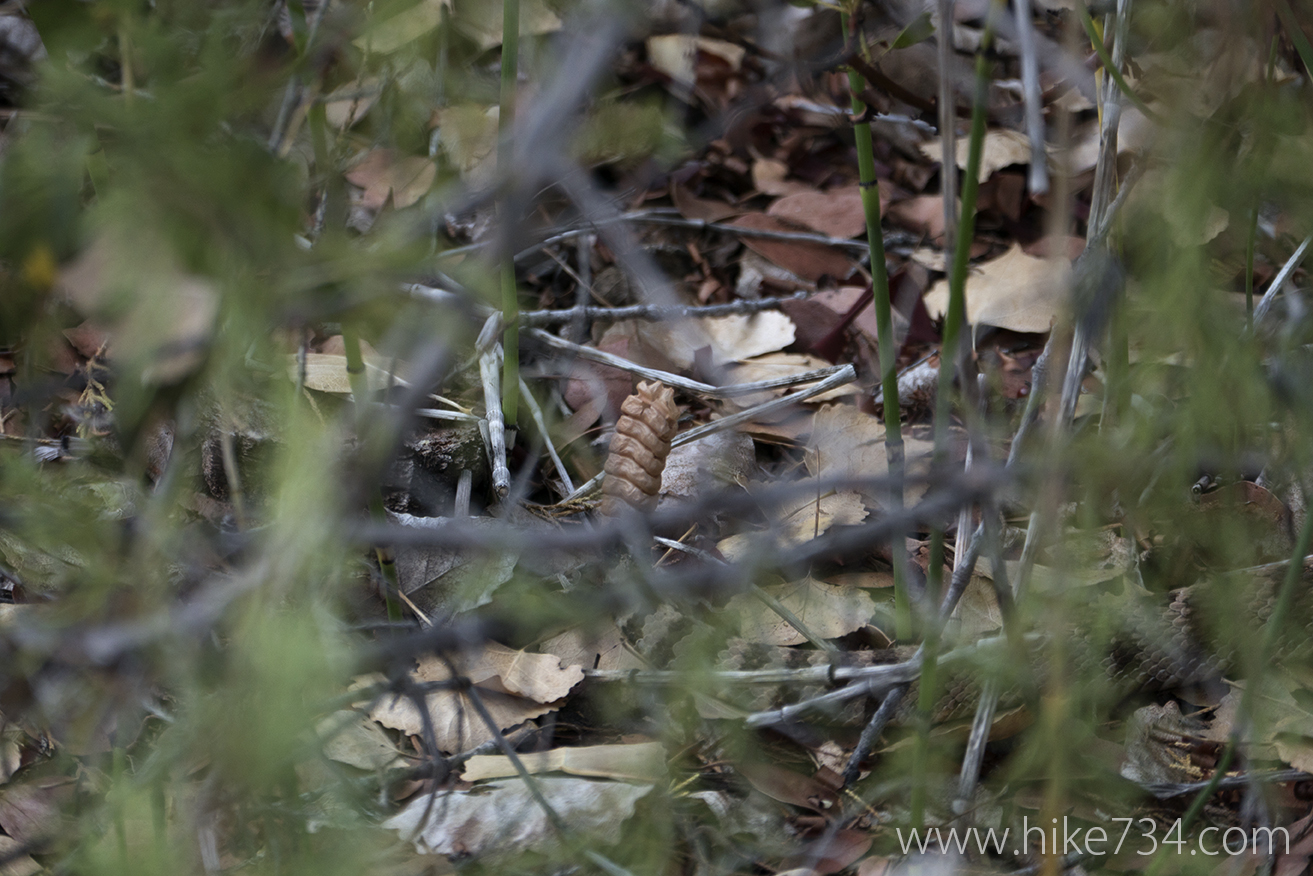Your cart is currently empty!

Hiking with the Panasonic FZ1000
—
by
After hiking for miles and miles with my DSLR setup of a Canon 7D, 70-200mm 2.8L, 2X Extender, and Tokina 11-17mm, I needed something else that took great photos and video, wasn’t heavy, and didn’t take up a lot of space. I’ve been very pleased with the new Panasonic Lumix DMC-FZ1000. With a 1″ sensor, Leica lens, 4K video, and 2.1 lbs, it’s the perfect balance of excellent image quality and weight. (Note that I’m not sponsored or in any way reimbursed by Panasonic, however the links for the camera, bag, and connection kit are affiliate links that provide reimbursement for sales.)
Awhile ago I did a video about the DSLR camera setup I have used well over 1,500 miles of hiking and how I carried my DSLR. Recently, I’ve found myself dreading taking it with me. First of all, the setup is heavy at around 9lbs. It’s also bulky and cumbersome when it comes time to take off my backpack as there are a few different connection points that must be disconnected. Finally, I have to always take an extended trip backpack as I need the extra support and girth of a larger pack.
I had been casually looking for another solution when a friend of mine recommended that I look into the superzoom, or bridge cameras, in Panasonic’s LUMIX line. I found they were just coming out with another one this past summer and it seemed right up my alley.
I ordered and received the Panasonic Lumix DMC-FZ1000last summer and began taking it with me on hikes. For starters, it’s only 2.1 lbs, but it is fantastic. There are definitely some ways in which my 7D with heavier and much more expensive glass are superior. With Canon’s longer lens and better image stabilization allow for capturing subjects further away and having it be smoother while holding in your hands. I’m a slightly bigger fan of Canon’s colors, while others disagree, but that’s a matter of taste. These sacrifices aren’t huge, however, when taken into account the pleasure of hiking with something much, much lighter.
Being lighter and more compact aren’t the only advantages this unit has. The camera has a 35mm equivalent 25-400mm Leica lens which takes nice sharp images. My old setup had a wide lens and a long lens with a gap between them. Since this is one lens, I get all the stops in between which would require another lens in the DSLR setup. It also shoots 4K video which is crazy for a camera in the sub-$1,000 price range. Being more of a consumer camera also gives it a few features such as an articulating viewfinder, autofocus on video, and the ability to connect with your smartphone to control it remotely and copy images from the camera. The latter makes it nice to take a photo with your camera, copy it to your phone, then easily share it to social channels.
If you’re looking at getting a new camera that’s much better than a point and shoot pocket camera, takes great photos and video, and doesn’t have the weight and bulk of a DSLR with multiple lenses, this might be the camera for you. I think it’s the best camera for hiking and backpacking out right now.
Specs and features are below.
- 20.1MP 1″ sensor
- Leica lens with 35mm equivalent 25-400mm at 2.8-4.0
- 4K video
- Autofocus on video
- Fast autofocus
- 2.1 lbs
- 5 axis image stabilization
- Connect to smartphone with Panasonic app allowing remote control and copy of images
- Articulating screen
- Bright electronic viewfinder
Check out:
Panasonic Lumix DMC-FZ1000 on Amazon
ThinkTank Photo Digital Holster 30 V2.0
ThinkTank Photo Lens Changer 25 V2.0
ThinkTank Camera Support Straps V2.0 (formerly Backpack Connection Kit)
Here are a couple of photos taken with the camera.
Comments
14 responses to “Hiking with the Panasonic FZ1000”
-
Jake,
I enjoyed your video on camera bags and bought the “Thinktank 10” for my sony a7. I just received the new 24-240 sony zoom lens and think this will be a great combination for mountain backpacking. It seems like your new set up lacks the ultra wide perspective you used to have with your 11-17mm lens.-
It definitely doesn’t go as wide or as long. Doing the calculation of “35mm equivalent”, my old setup would be 17.6mm on the wide end and 640 on the long end. I’m now at 25mm to 400mm. I miss it, but I also don’t miss the weight. I’m shooting exclusively on my Panasonic to continue to get better at it. I’m finding adjusting from one manufacturer to the other to be difficult because of the different approaches. 😉
-
Hi Jake!
I own the same camera
I was wondering what your settings are for the three sample photos you showed. Couldnt believe that it would turn out really nice, im stil practicing with my settings. Thanks!
-
-
Hi Jake, Raymond in Costa Rica. My FZ1000 is being delivered to me tomorrow. I am a very experienced hiker, but coming from the other extreme, as up until now, I have had less sophisticated / less expensive cameras (Canon SX40) and always left on “auto”. But my passion for photography and video, and applications for my CR Real Estate project ( I am living, literally, on the side of a mountain at 1600 ft elevation overlooking the pacific, in a tropical rainforest with unbelievable views and what National Geographic calls the most bio intense area of the world ). So I have every opportunity possible, and time to learn. You can look at this link to get an idea http://360.cr/cararalifestyle.
Really two initial questions.
1. I want to have some kind of camera bag that mounts on my chest so my hands are free for hiking, but I can quickly get the camera out for a “run and gun” shot, while still having it protected and right at hand. What would you recommend. fyi, I can carry a small fanny pack with extra batteries and filters, don’t need that on the chest pack, so trying to keep it “just the camera” to keep weight down.
2. This is the rainforest, humidity is an issue, and obviously rain. Dont want to ruin $1000 of kit. so any and all advice is appreciated as to what things to do or buy that will give me more use.
Thanks in advance
Ray
-
[…] ***Updated: See what I’m now hiking with here! […]
-
Hello Jake! So enjoy your information and pictures. We purchased the Panasonic Lumix camera mainly due to your recommendation. Your pictures look amazing! What mode do you shoot in? I am not a professional, but do understand some of the settings, however not good enough to make constant adjustments. We are taking a trip to the North Cascades and Mt. Rainier area this month (loved our Glacier National Park/Yellowstone trip last year). Any advice or recommendations would be appreciated. My husband wants your job if you ever want an assistant. Thanks!
-
The first thing, in regards to photography, is that I edit the RAW photos. That takes out a lot of the mumbo jumbo with settings as they primarily are about how the camera is going to process what it “sees” from the sensor to what jpg comes out. Things like saturation, picture styles, etc. As with most cameras, make sure that you get your exposure right without things being either too dark or washed out. Then, when you bring it into something like photoshop to work on it, you have more picture to deal with. That being said, for video, I usually shoot in either A or aperture priority mode or all manual if I don’t want it to change exposure during a shot. Because my turnaround for blogs is so short (and that it’s destined for the web), I’m wanting it to come out pretty much how I’ll edit it. Folks shooting for a movie will make it less saturated and less contrast so that they have more to play with when editing. I really don’t care for what I’m trying to do. That being said, I usually shoot with the standard picture profile, sunlight for white balance (maybe cloudy if it is cloudy, but even then, I may just stick with sunshine). Other than that, I shut off any of the iZoom, etc features and just roll with many of the camera defaults. Let me know if I can clarify any more specifics!
-
Thanks for the info Jake! I have been playing around with “P”, “A” “iA” and “iA+”settings on the camera. What do you mean by standard picture profile? I agree with exposure. Still trying to fine tune that to not be to dark or hazy looking. I do not have Photoshop to process RAW. I did see some free online programs, ie Lightzone. Any recommendations that you know of as an alternative? We will use your tips for video. We have only used an Ion Air pro for video is the past (similar to GoPro). Look forward to trying out the video on this camera. Thanks again!
-
It’s called “Photo Style” and I use the STD for standard instead of like vivid, natural, etc. As far as editing photos, start with the software that came with it. One should help you get photos off and “process” the RAW files. Basically, a RAW file is what the sensor actually captures which is just the unprocessed data. The files are larger because they have more information, then you can tweak them by brightening up shadows and taking down highlights. Your eye and your computer can do a better job of this many times than the processing in the camera itself. It will be an extra couple of steps, but will help with the final photos. This is true with any camera.
-
-
-
-
[…] he previous used and now hikes with the lighter Panasonic Lumix DMC-FZ1000. You can read more about this transition on his blog. I have oft contemplated that camera and it’s two current competitors: the Sony Cybershop […]
-
How do you find it at capturing wildlife? Especially compared to your previous setup? I am not as much worried about a fast frame rate as much as focus and overall responsiveness to zoom and capture quickly.
-
I would say that it’s mixed. The focus seems pretty fast, but the challenge almost always seems to be animals moving with stuff getting in the way like other trees, branches, bushes, etc. I’m still getting used to how it focuses. In some ways, I think that shooting birds in flight may be easier, but then again, I can’t zoom in as much. Zoom is slow as it’s a motor instead of a mechanical zoom. It requires a bit of anticipation. Overall, there are sacrifices. For me, I don’t mind bringing a camera along now when it only weighs 2.1 lbs and I get a continuous zoom range and very nice picture quality. I almost decided to just carry my iPhone, but couldn’t handle only taking macro and landscapes with jpg shooting. Like you’ve said, “The best camera is the one you have with you.” 😉
-
-
[…] ***Updated setup here! […]
-
[…] – This is the follow up to my Panasonic Lumix FZ1000 that I still have as a backup camera (original blog here). Both of these cameras are excellent for hiking/backpacking/climbing. The lens isn’t […]






Leave a Reply